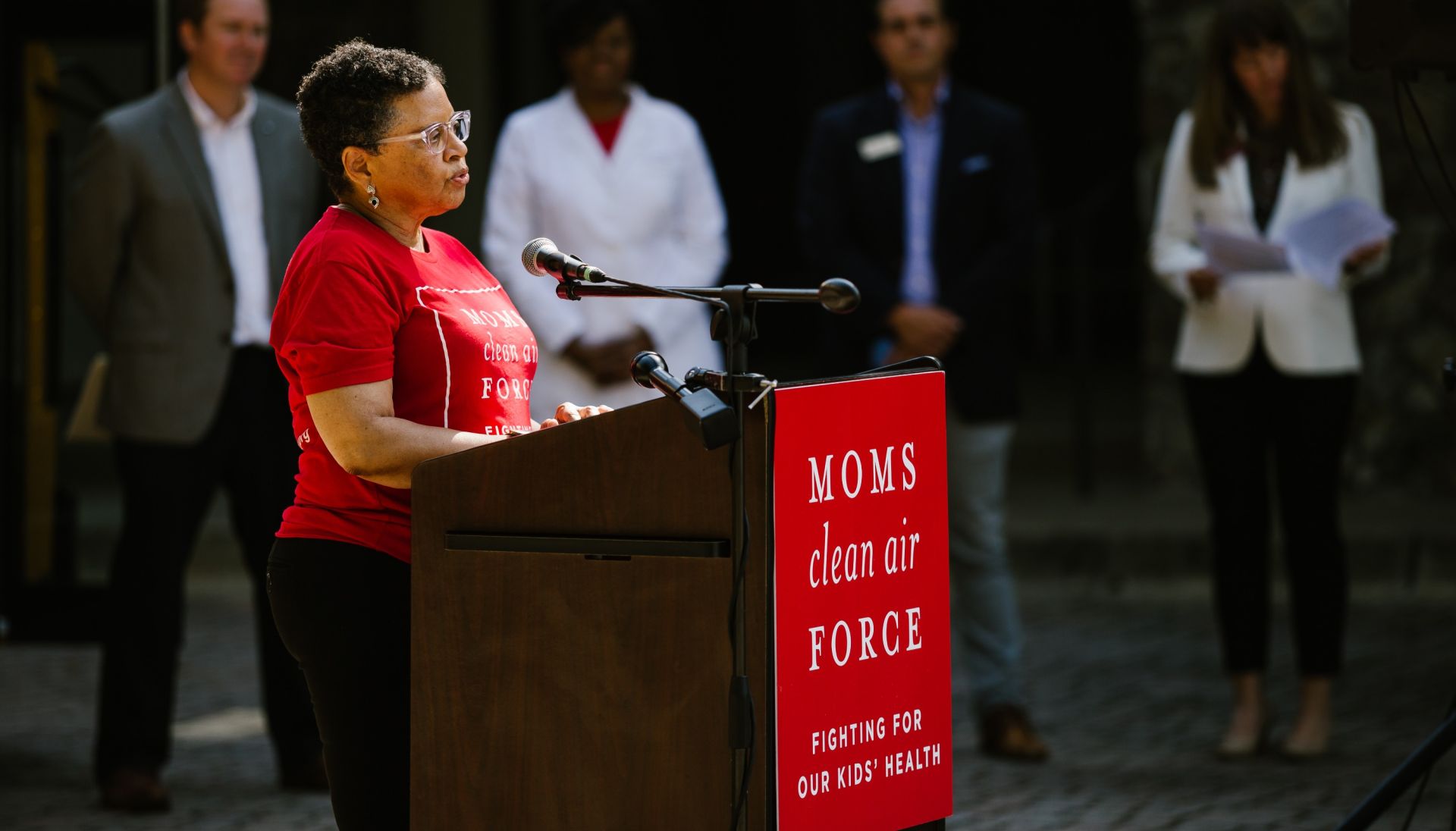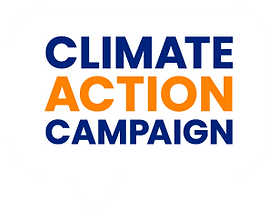

NEVADA
Climate Wins Here in Nevada
Nevadans won big with the unprecedented climate and clean energy investments approved in the historic Inflation Reduction Act and the Infrastructure Investment and Jobs Act. Nearly 8 in 10 state residents support climate and clean energy investments like those included in these laws because Nevada is uniquely positioned to seize on the growth opportunities of a transition to a clean energy economy. These new investments will cut climate pollution and accelerate the growth of clean energy – protecting our air, our climate, our health, and our communities while creating economic opportunity.
President Biden and climate leaders in Congress have delivered for Nevadans in a big way by boosting the expansion of electric vehicles and charging stations, solar and other clean energy, public health protections, and drought mitigation, all while helping prevent the most catastrophic impacts of climate change and lowering costs for Nevada families.

Electric Vehicles and Public Transit
-
The Inflation Reduction Act of 2022 will:
-
Deliver a new consumer tax credit of up to $4,000 for middle-and lower-income people to buy used clean vehicles and up to $7,500 tax credit to buy new clean vehicles.
-
Invest $1 billion for clean heavy-duty trucks, including school buses and transit buses, of which $400 million is reserved for communities like those in Clark County that don’t meet national air quality standards.
-
Invest more than $3 billion to improve public transportation across the state to provide healthy, sustainable transportation options and replace thousands of dirty transit vehicles with clean, zero pollution vehicles.
-
-
Over the next five years, the Infrastructure Investment and Jobs Act will:
-
Invest $468 million to improve public transportation across the state to provide healthy, sustainable transportation options and replace thousands of dirty transit vehicles with clean, zero emission vehicles
-
Invest $37 million to support the expansion of an EV charging network in Nevada, a critical element to accelerating the adoption of EVs to address the climate crisis and support domestic manufacturing.
-
Deliver a portion of the $5 billion national funding for school districts to replace diesel-burning school busses with zero- or low-pollution school busses.
-
-
Since the Infrastructure Investment and Jobs Act was signed into law in November 2021, millions of dollars in electric vehicle investments have already been announced in Nevada:
-
$90 million for public transportation programs to provide healthy, sustainable transportation options and replace thousands of dirty transit vehicles with clean, zero pollution vehicles.
-
$11 million for the Carbon Reduction Program to fund projects designed to reduce carbon dioxide pollution from on-road highway sources such as electrifying vehicles, constructing bus rapid corridors, and more.
-
$5 million funding to expand electric vehicle charging infrastructure.
-

Solar and Clean Energy
-
The Inflation Reduction Act of 2022 will:
-
Invest $9 billion in consumer home energy rebate programs, focused on low-income consumers, to electrify home appliances and for energy-efficient retrofits.
-
Offer 10 years of consumer tax credits to make homes more energy efficient, making heat pumps, rooftop solar, electric HVAC, water heaters, and electric appliances more affordable.
-
Create a $1 billion grant program to make affordable housing more efficient.
-
Independent analyses found the Inflation Reduction Act would lower energy costs for families in Nevada with estimates ranging from $300 to $1,800 in annual savings.
-
The average household could see between $1,025 in household energy costs including electricity costs, home energy, and transportation by 2030 compared to 2021.
-
-
The Inflation Reduction Act will bring an estimated $2.7 billion of investment in large-scale clean power generation and storage to Nevada by 2030.
-
$30 billion in tax credits to accelerate domestic production of solar panel, wind turbines, batteries, and critical minerals processing
-
A new $10 billion investment tax credit to build new manufacturing facilities for clean technologies such as electric vehicles, wind turbines, and solar panels.
-
Clean energy tax incentives will spur domestic production and create up to 1.5 million jobs in 2030 and could create 9 million jobs over the next decade.
-
In 2021, over 30,000 Nevadans were employed in a clean energy industry.
-
-
-
A 2020 report found that federal clean energy stimulus investments similar to those considered in the Inflation Reduction Act would add nearly 40,000 clean energy jobs in Nevada over five years.
-
Over the next five years, the Infrastructure Investment and Jobs Act will:
-
Deliver a portion of the $3.5 billion national investment in energy efficiency and weatherization programs to reduce energy costs for American families.
-
-
Since the Infrastructure Investment and Jobs Act was signed into law in November 2021, millions of dollars in clean energy investments have already been announced in Nevada:
-
$24 million for Weatherization Assistance Program to reduce energy costs for low-income households and $5.3 million to help prevent outages and make the power grid more resilient.
-

Cutting Pollution and Improving Public Health
-
The Inflation Reduction Act of 2022 will:
-
Invest $3 billion to reduce air pollution at ports, including $750 million for communities such as Clark County that don’t meet national air quality standards.
-
Invest $1 billion for clean heavy-duty trucks, including school buses and transit buses, of which $400 million is reserved for communities that don’t meet national air quality standards.
-
Invest $3 billion to support projects that reduce pollution and improve access to safe and affordable transportation. This includes projects to retrofit transportation infrastructure like highways that have left communities divided.
-
Invest $3 billion for environmental justice block grants to reduce air pollution, mitigate climate and health risks, and increase climate adaptation.
-
-
Over the next five years, the Infrastructure Investment and Jobs Act will:
-
Deliver $403 million to improve water infrastructure to ensure Nevadans have access to clean, safe drinking water.
-
Deliver a portion of the $5 billion national funding to for school districts to replace diesel-burning school busses with zero- or low-pollution school busses.
-
-
Since the Infrastructure Investment and Jobs Act was signed into law in November 2021, millions of dollars in public health investments have already been announced in Nevada:
-
$71 million for water infrastructure projects to ensure every family in Nevada has access to clean drinking water
-
$32 million fund for lead service lines replacement
-
$9 million fund for emerging contaminants including PFAS
-
-
$90 million for public transportation programs to provide healthy, sustainable transportation options and replace thousands of dirty transit vehicles with clean, zero pollution vehicles.
-
$11 million for the Carbon Reduction Program to fund projects designed to reduce carbon dioxide pollution from on-road highway sources such as electrifying vehicles, constructing bus rapid corridors, and more.
-

Drought
-
The Inflation Reduction Act of 2022 will:
-
Invest $4 billion for drought resiliency in Western states facing historic levels of long-term drought, with priority for the Colorado River Basin and Lake Mead.
-
$1 billion for the National Park Service and Bureau of Land Management public lands conservation.
-
-
Over the next five years, the Infrastructure Investment and Jobs Act will:
-
Deliver $8.3 million for drought mitigation to western state water systems, including $1 billion for water recycling programs.
-
$300 million to implement the Colorado River Basin Drought Contingency Plan, a 7-state agreement to avoid catastrophic water supply shortages.
-
-


